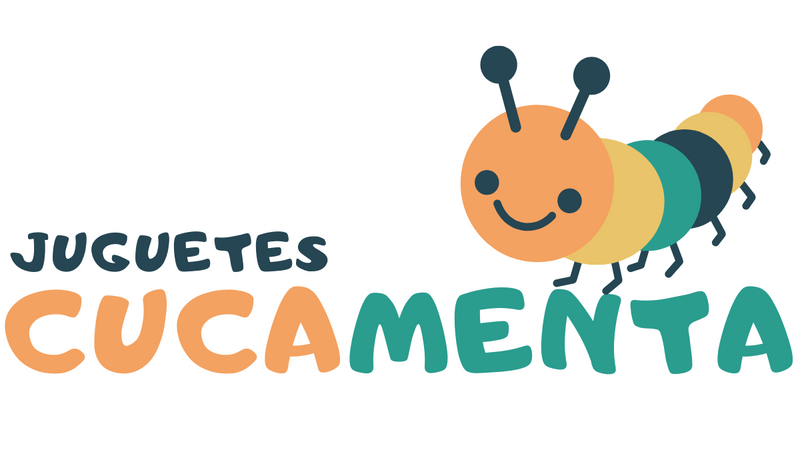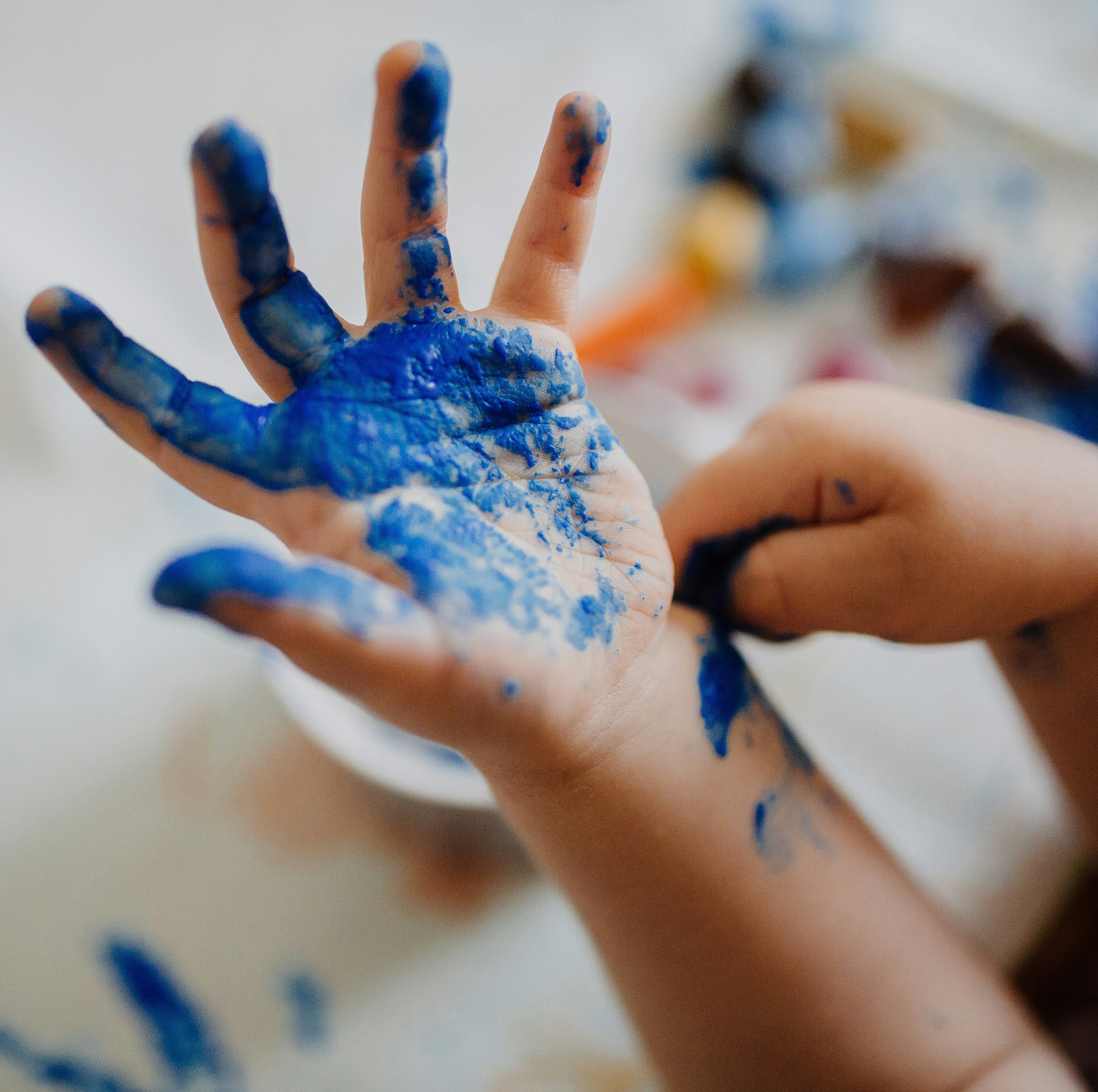- Sensory stimulation : Finger painting stimulates several senses at the same time and encourages learning and perceptual skills, encouraging little ones to use touch, sight, hearing and smell. By exploring and experimenting with textures, patterns and paint, they will develop sensory integration, improving memory and visualization. It will also help them differentiate colors and eat foods of all kinds in the future.
- Self-expression : Finger painting helps younger children visually communicate their feelings, externalize what is going on inside them and express their emotions through colors. It contributes to self-identification and also boosts their self-esteem and confidence, which is reinforced when they show the result to their loved ones.
- Fine motor skills and hand-eye coordination : finger painting helps them to practice complex manual movements with their hands and fingers, to strengthen their muscles and to perfect their hand-eye coordination. In addition to being the basis for coloring, cutting or holding tools like pencils, these skills will allow them to do other things like tying their shoes.
- Creativity and imagination : soaking your fingers in coloured paint and bringing a piece of paper to life is extremely fun and stimulating. It gives them free rein to develop their creativity and imagination in total freedom, focusing on the process. It also encourages them to use both hemispheres of the brain at the same time, and awakens artistic sensitivity.
- Language development: Various studies support the hypothesis that visual arts can significantly improve language skills. By painting, children verbalize their thoughts and observations, increase their vocabulary and communication skills, and gain a greater understanding of the world around them.
- Less stress and anxiety: working with finger paint improves concentration, attention and sensory regulation, but also frees children from stress, avoids exposure to screens and offers them a relaxing and pleasant experience. Artistic activities such as painting or clay modeling calm the nervous system and relieve anxiety symptoms, helping to secrete “happiness hormones,” which are neurotransmitters such as serotonin, dopamine and endorphins.
- Social bonding and interaction: Painting is often a collaborative, joyful and shared experience that allows for the development of cooperation, teamwork and a sense of belonging. Children develop valuable skills such as communication, commitment and problem solving, learn to appreciate different perspectives and develop empathy. They also create new friendships and strengthen emotional bonds with their family and caregivers.
Ideas for working with finger paint

Although the positive thing is that they experiment and play in a totally free way, on the Internet you can find some good ideas for children to enjoy finger painting :
From dipping their hands in the water and creating patterns with their footprints to making prints with fruits and vegetables, rainbow trails with their fingers, prints with bubble wrap, seasonal creations or combinations with textured materials such as sand, salt or rice.
You can also explore collages or tell stories with your fingers, painting the settings, elements and characters of the story.


0 comments